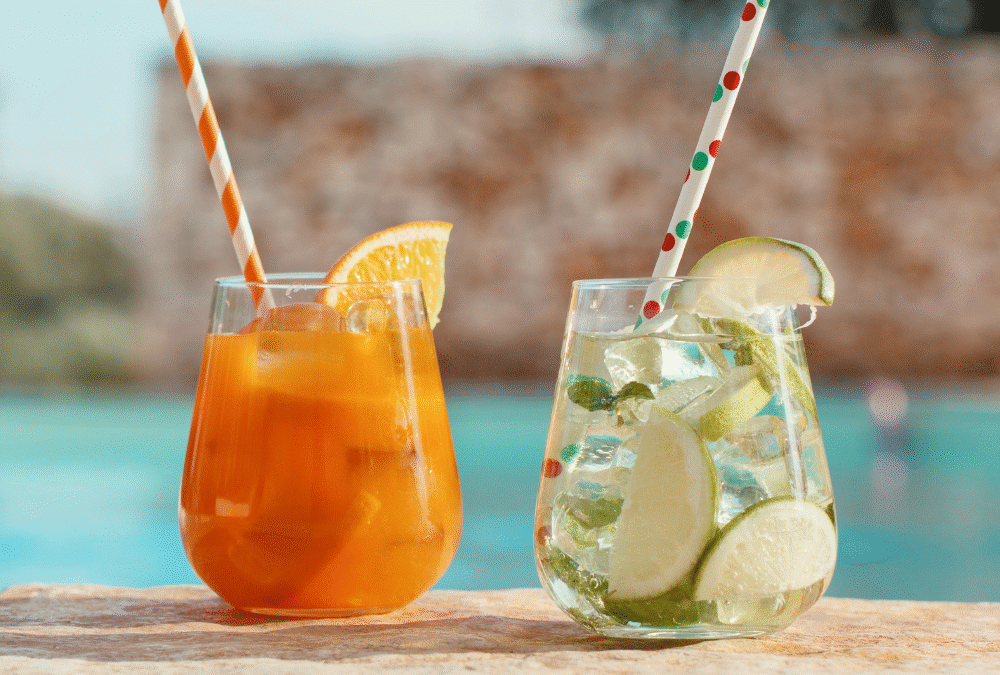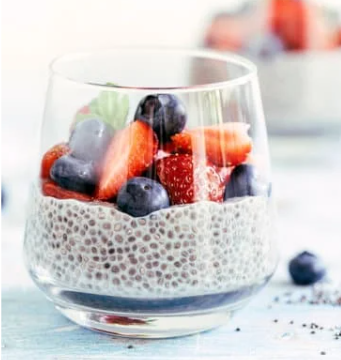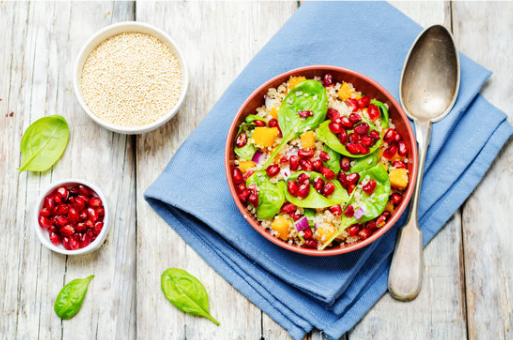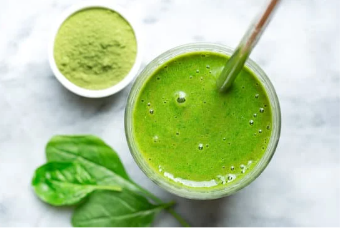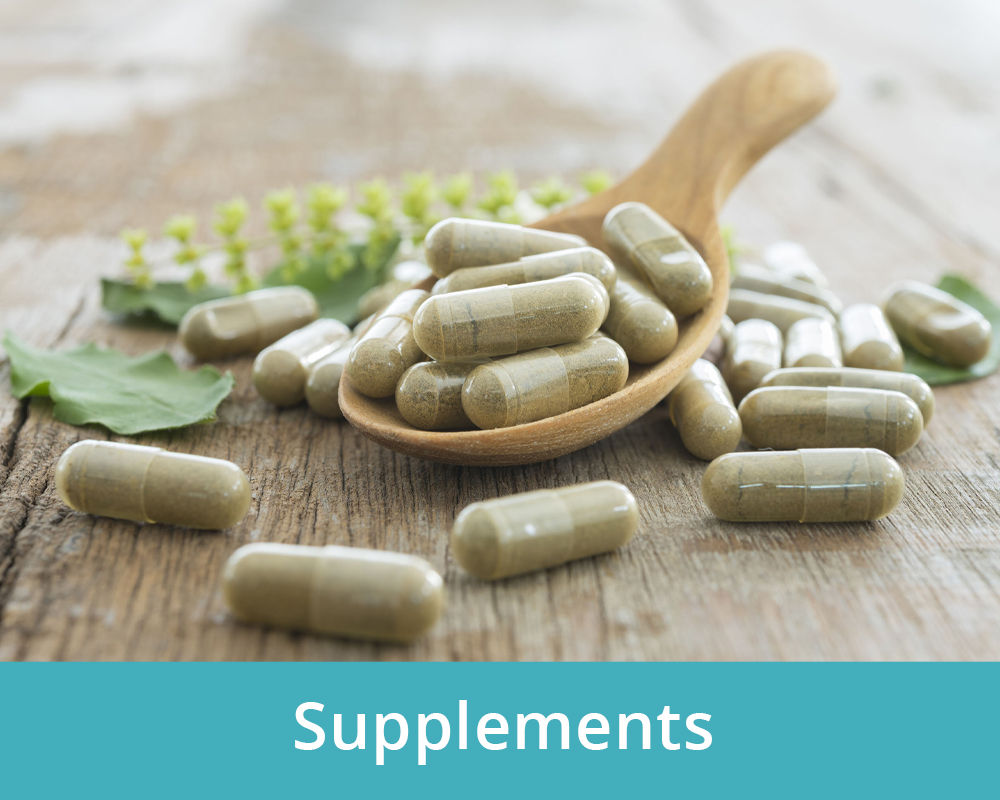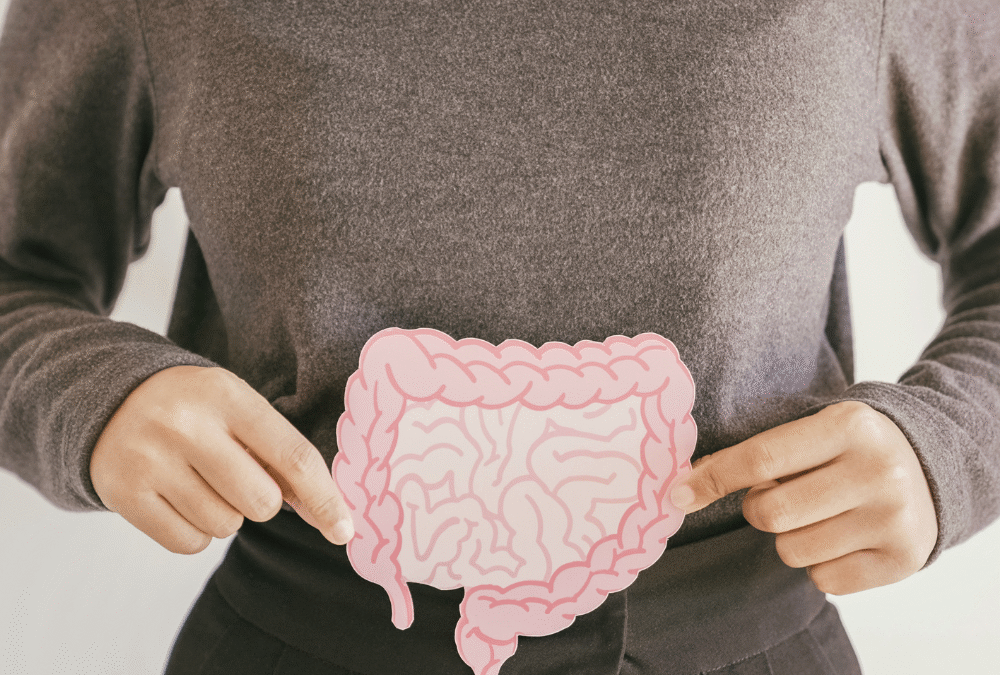
Is Your Gut Microbiome The Reason Why You’re Not Losing Weight?
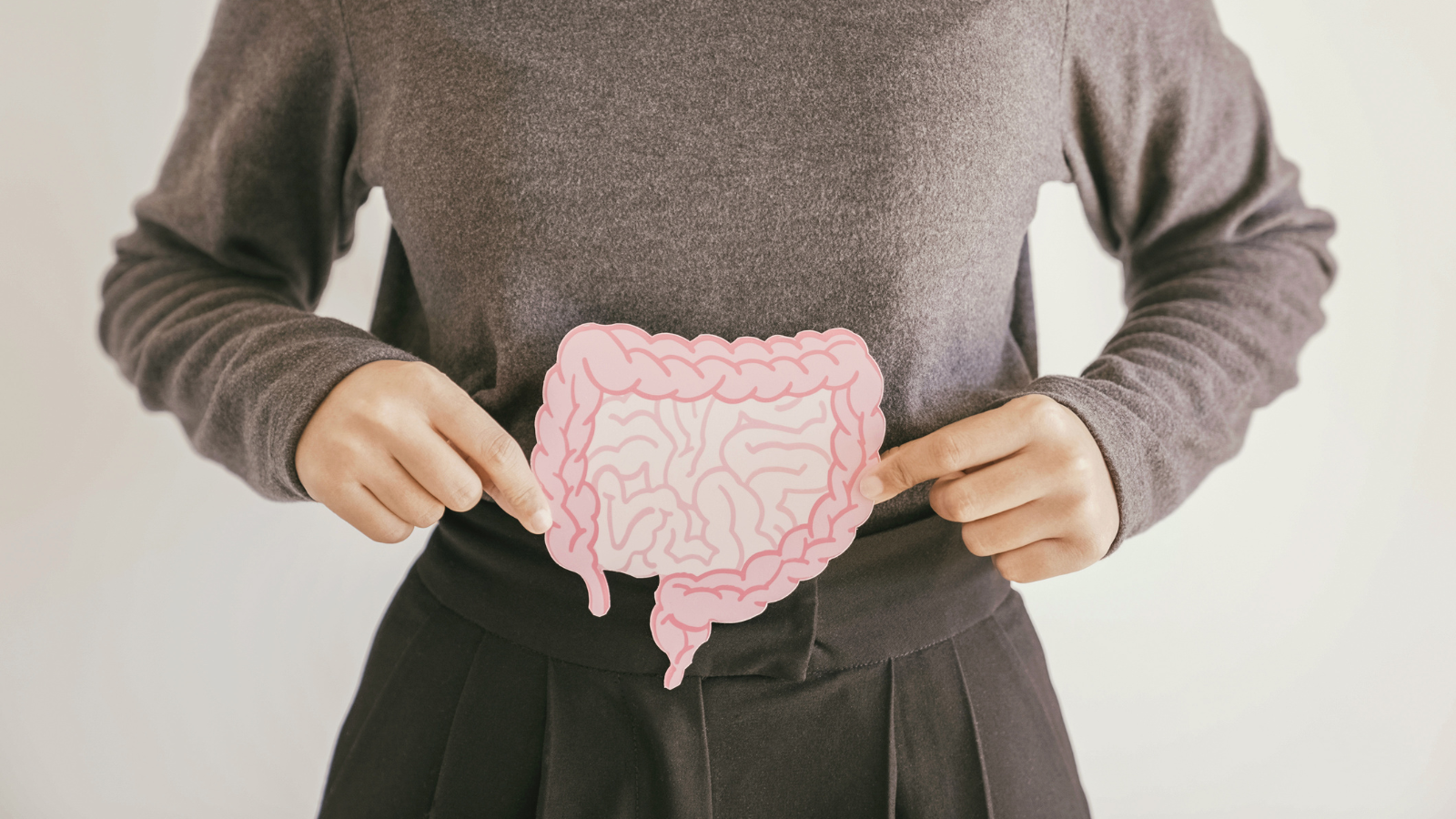
In just five years, North America has fallen head-over-heels for GLP-1 drugs. Once reserved for diabetes, they’ve become the new gold standard for weight loss. Today, 1 in 8 U.S. adults and nearly 1 in 5 women aged 50 to 64 use GLP-1 receptor agonists like Ozempic or Wegovy. But here’s the twist: while drug-induced GLP-1 signaling is reshaping waistlines across the nation, your gut microbes have been doing it naturally all along.
Our gut microbiome, can significantly support healthy weight loss through its influence on GLP-1 production.
What Are GLP-1 Drugs verus our GLP-1 hormone ?
GLP-1 drugs mimic a hormone that your gut already makes called glucagon-like peptide-1 (GLP-1). This natural hormone:
- Helps the pancreas release insulin when blood sugar is high
- Slows down stomach emptying (so you feel full sooner and longer)
- Suppresses appetite by acting on brain pathways.
- Lowers glucagon (which otherwise raises blood sugar)
Given how GLP-1 drugs work (as listed above), it is obvious why they are popular treatments for diabetes and obesity.
While these drugs have their place in a persons weight loss journey, your gut microbiome, when healthy and nourished, can achieve similar effects without having to pay for expensive medication.
How Your Microbiome Influences GLP-1 and Weight Health
Your gut influences your eating habits and weight management through multiple biological routes, including:
- Short-chain fatty acids (SCFAs)
- The Prevotella-to-Bacteroides (P/B) ratio
- Secondary bile acids
- Lipopolysaccharides (LPS)
Short-Chain Fatty Acids (SCFAs): Your Gut’s Hidden Hormone Hackers
When you eat food rich in soluble fiber (such as carrots, green beans, brussel sprouts, and sweet potatoes) the beneficial bacteria in your large intestine (colon) ferment them into compounds called short-chain fatty acids. The 3 main ones include: acetate, propionate, and butyrate. All three stimulate GLP-1 production, but propionate stands out as the most potent for weight loss.
Propionate triggers GLP-1 release by binding to receptors on specialized hormone-secreting gut cells called L cells. These L cells are “smart sensors” that line our lower intestine. When they “taste” propionate, they respond by releasing GLP-1 into the bloodstream.
Knowing this, you might assume taking propionate supplements would boost GLP-1 but it’s not that simple. Propionate taken orally is quickly absorbed in the small intestine, never reaching the colon where it’s most needed. That’s why feeding the right gut bacteria with the right fibers such as inulin remains the most effective approach at supporting propionate.
The Prevotella/Bacteroides Ratio: This Could Be The Reason Why Some People Lose Weight Faster Than Others
Ever wonder why two people can follow the same “healthy” diet but only one loses weight or one loses significantly more weight than the other person? The answer may lie in their Prevotella-to-Bacteroides ratio (P/B ratio). People with a Prevotella-dominant microbiome (high P/B ratio) tend to lose more weight on high-fiber, plant-based diets than those dominated by Bacteroides (low P/B ratio).
To clarify, Prevotella is a bacteria species that thrives on complex carbohydrates and fibers, produces SCFAs like propionate and acetate that boost GLP-1 and helps improve satiety. Bacteroides, on the other hand, are more common in western-style diets which are high in fat and animal protein, they specialize in breaking down proteins and fats, yielding fewer beneficial SCFAs.
Why a High P/B Ratio Promotes Weight Loss
- Superior Fiber Fermentation
Prevotella species efficiently break down resistant starches, pectins, and β-glucans, generating more propionate which is the same GLP-1-boosting metabolite discussed earlier. - Reduced Energy Harvest
Prevotella-driven fermentation tends to produce metabolites that are linked to lower energy extraction efficiency, which means fewer calories are being absorbed from the same amount of food. People with high amounts of Bacteroides may derive more usable calories from more high protein/fat diets, reducing weight loss potential under high-fiber dietary interventions.
How to Cultivate the “Lean Prevotella-Propionate Axis”
- Increase soluble fiber intake: Prioritize inulin, resistant starches, pectins, arabinoxylans, and β-glucans.
- Add prebiotics that enrich propionate producers: Incorporate foods like rye, barley, legumes, and Jerusalem artichoke (rich in FOS and inulin).
- Balance protein intake: Too much animal protein promotes proteolytic fermentation; so to avoid this combine moderate protein with complex carbs and fiber.
- Avoid broad-spectrum antibiotics when unnecessary: These can deplete anaerobic propionate producers and with less propionate comes more hunger and difficulty losing weight.
- Limit ultra-processed foods and excessive saturated fats: These favor Bacteroides dominance and reduce SCFA diversity.
- Encourage cross-feeding: Combine fermented foods (rich in Lactobacillus) such as sour dough bread, yoghurt, kefir, sauerkraut and kimchi with high fiber foods such as fruits and vegetables to support bacteria like Veillonella which helps to convert lactate into propionate.
Rethinking the Weight-Loss Narrative
Weight loss has long been framed as a battle of willpower, calories, and hormones. But the truth is, it’s also a story of our gut microbiome including the types and levels of bacteria in our gut.
Your gut microbiome is an active participant in how your body senses food, regulates hunger, stores fat, and generates energy. While GLP-1 drugs may have given medicine a revolutionary tool, they are, in essence, imitating what a healthy gut has done for millennia.
So perhaps the next frontier of sustainable weight management isn’t just about stronger drugs or stricter diets. It is about restoring a healthy gut environment that keeps our biology in rhythm. Because when your gut bacteria thrive, your metabolism listens which ultimately supports a healty weight or goal for healthy weight loss .
If you are interested in you or your client having a gut microbiome test completed then we offer a comprehensive deep gut test.
If you want to assess your natural GLP-1 regulators including Akkermansia, propionate, short chain fatty acids including acetate, propionate, and butyrate to see if this is the missing link to achieving your weight loss goals. Then please reach out to us today!
Here is an example of the test results and what is covered.

